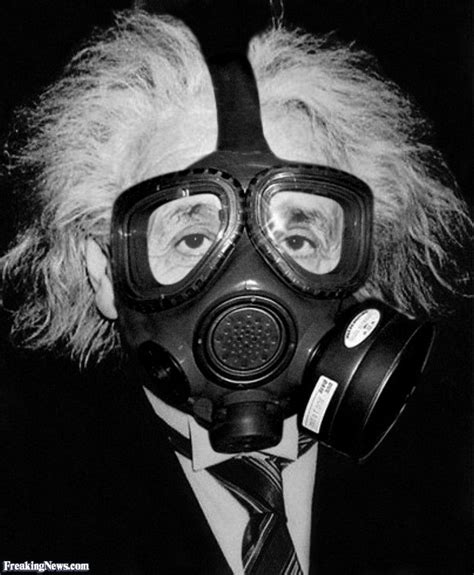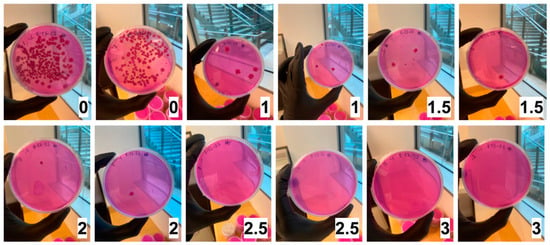Food crops around the world are commonly contaminated with Aspergillus flavus, which can produce the carcinogenic mycotoxin aflatoxin B1 (AFB1). The objective of this study is to test an X-ray irradiation sterilization method for studying AFB1 in contaminated maize samples in the laboratory.
Our results imply that X-ray irradiation is an effective means of reducing viable A. flavus without affecting AFB1 concentrations. Reducing the hazard of fungal spores and halting AFB1 production at the targeted dose are important steps to safely and reproducibly move forward research on the global mycotoxin challenge.
These findings are important because they show the effective sterilization of a food product using non-radioactive, non-thermal, and non-chemical X-ray irradiation, which has rarely been performed on food and can be tested more broadly using other food matrices.
Because mycotoxins are prevalent in the global food supply, it is critical that scientists study food products in the laboratory while keeping exposure to the hazards of mycotoxin-contaminated materials to a minimum. X-ray irradiation can help neutralize two out of three of the following primary hazards of working with AFB1-contaminated materials: inhalation of spores, contamination of other research materials, and toxic/carcinogenic quality.
The carcinogenic hazard of AFB1 remains present and can be mitigated by proper handling. X-ray irradiation could be a good alternative to current sterilization techniques, especially given the safety profile of the technique and the expected increase in adoption and availability of equipment in the future.


